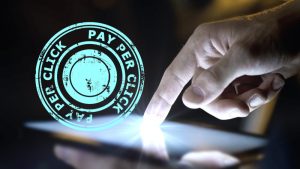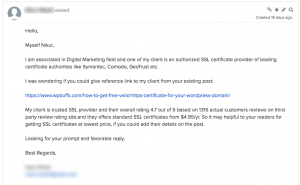Startups can be crazy, exciting places to work. While it can often feel like there are more balls in the air than hands to catch them, somehow everything ends up getting done. This is because, many times in startups, people from one department jump into another department to tackle the tasks at hand.
The collaborative, hands-on nature of startups is a great example of cross-functionality at work. Cross-functional teams combine the strengths and talents of different individuals to reach a common goal. Applied to customer service, cross-functional support means uniting individuals from several different departments (marketing, sales, operations, etc.) to figure out how to provide the best service possible to customers.
How cross-functional support can benefit your company
Teamwork is an essential part of any startup or established company’s success, but working as a team to meet the needs of a customer is an entirely separate challenge. Cross-functional teams, however, are uniquely equipped to meet that challenge by using their respective skills to collaborate on a customer’s problem.
Venture capitalist Tomasz Tunguz sums up his thoughts on collaboration:
The customer success team is on the front lines with customers passing feedback to product and marketing. Customer success provides a check on the sales team, ensuring the right customers are prioritized and closed.
The best way to understand a product is to use it, so what better way for marketers to learn what prospects want than to provide customer support for that product every once in awhile? The same goes for product teams, executives, etc.
Cross-functionality also allows companies to create more personal, customer-centric interactions thanks to multi-departmental insight. Take what Kleiner Perkins partners Ted Schlein and Creighton Hicks recently said about customer centricity:
Understanding how users interact with your product is essential to successful product development. It benefits not only design and production, but also marketing, selling and support.
This type of collaboration also enables team members to learn new skills and create useful customer service content across departments. For example, if a cross-functional meeting determines that customers have been having trouble using a new product, marketing can create product-specific collateral that sales can later use. Operations can also check in to make sure the new product is working correctly. A combined knowledge of the customer means each department can do their job better. They can also pool resources from across departments (equipment, personnel, etc.) to meet the task at hand.
Cross-functional support can also boost company creativity and allow different departments to bond over a shared purpose – customer success. Each team member can bring their respective strengths and insights to the group to figure out how to improve the customer experience and address problems quickly and efficiently. This also creates a sense of synergy that may not have been there before. Employees from different departments can work together to identify service problems or opportunities that might not have been apparent had the employees not worked together. Once this collaborative group has been established, they can continue innovating and sharing to drive customer service change.
Using collaboration to optimize and enhance the customer journey
By collaborating to solve problems encountered throughout the entire customer journey, companies can create more targeted support for each stage. In turn, these hyper-focused interactions will create loyalty, as venture capitalist Ethan Kurzweil has said. In fact, research has shown that over 90% of customers who have an effortless service experience with companies will buy from that company again.
Cross-functional teams can create user personas to identify pain points and probable actions taken throughout their journey, then decide what needs must be addressed. That’s because as the customer passes through each stage of the customer journey, each department has hands-on experience assessing their wants and needs and can pass those insights along to the larger team. When cross-functional teams do come together to reach a goal (in this case providing better service), they combine their knowledge to create a cohesive customer service plan.
Cross-functional support is a great way for each department to get firsthand customer feedback as well as offer exceptional customer service experiences. By prioritizing customer success, companies of all size can benefit from loyal customers and well-rounded teams.
Like what you’ve read here? Check out our ebook on how to provide seamless omnichannel customer support.
Photo from Startup Stock Photos. Edited.
Business & Finance Articles on Business 2 Community(56)
Report Post



